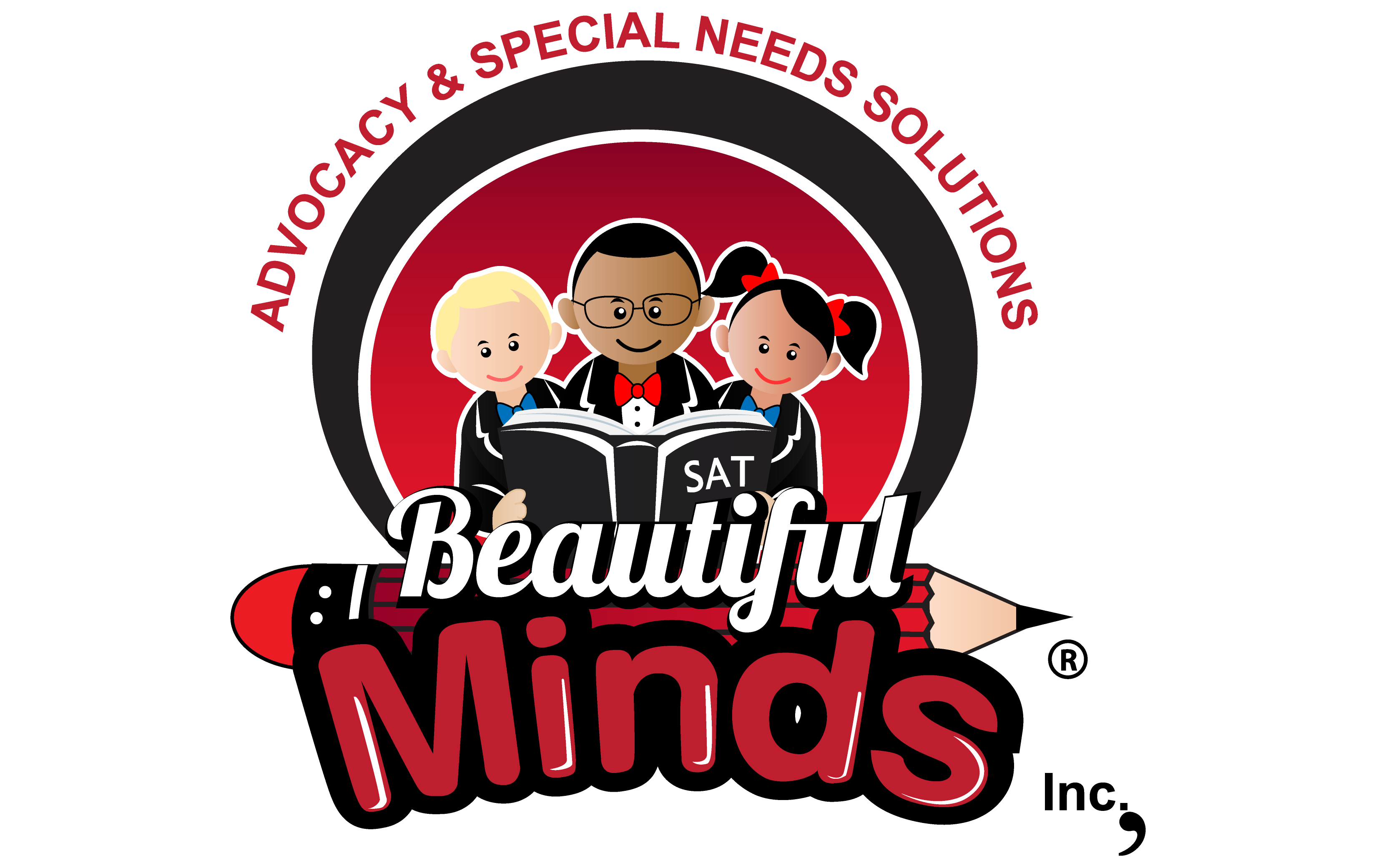Mental Health and Criminal Justice Reform
More than 750,000 adults behind bars report having a disability, with two-thirds experiencing a cognitive disability. A recent white paper by the non-profit group RespectAbility advocates criminal justice reform that specifically addresses the needs of people with disabilities. Stories within the report give human faces to the numbers; people featured include those with learning disabilities. The group calls for reforms that will provide pathways to success:
- Early interventions to keep youth with disabilities from entering the school-to-prison pipeline;
- Adequate accommodations throughout the criminal justice system; and
- A re-entry process that understands the unique challenges facing citizens returning to the community with varying kinds of disabilities.
Disproportionate impact
Incarceration in the U.S. disproportionately impacts people of color and people with disabilities. The report highlights the need for criminal justice reform, citing startling incarceration statistics:
- The U.S. is home to 5 percent of the world’s population but 25% of the world’s prison population.
- More than 60 percent of the people in prison are now racial and ethnic minorities.
- While the U.S. Census reports that one in 5 Americans (20 percent) have a disability, the Bureau of Justice found that 32 percent of federal prisoners and 40 percent of jail inmates report at least one disability.
The report points up the fact that people with disabilities are twice as likely to be victims of crime than people without disabilities. A third to a half of all use-of-force incidents with police involve a disabled civilian.
Prevalence of disabilities
More than two-thirds of the 750,000 incarcerated individuals who reported having a disability reported a cognitive disability, the largest of the six disability groups. This represents 20 percent of state and federal prisoners and 31 percent of jail inmates.
Because there is no universally accepted definition of disability, inmates surveyed by the Bureau of Justice in 2011-2012 were asked to respond to six questions addressing their hearing, vision, cognitive, ambulatory, self-care, and independent living abilities. Regarding cognitive ability, researchers asked, “Because of a physical, mental, or emotional problem, do you have serious difficulty concentrating, remembering, or making decisions?”
In public interviews and/or the report itself, two of the report’s co-authors have self-disclosed their own dyslexia. The report does not cite figures on the prevalence of learning disabilities among incarcerated adults, but it references a 2005 national survey that found 36 percent of students in the juvenile justice system had learning disabilities. Calling for better assessments and better data to generate good policy, the report’s authors lament, “The lack of data on the rates of people with learning disabilities in the justice system is particularly a problem as there is no recent quality data looking nationally at prevalence rates in the justice system” (p. 26).
Anchoring statistics in human experience
The intersection of risk factors—including disability, racism, and poverty– coalesced in the death of Freddie Gray. Raised in an economically disadvantaged neighborhood and a home surrounded by lead paint, Gray had a developmental disability that may have compromised executive function and his ability to follow multi-step instructions. He did not receive an early diagnosis with interventions and appropriate supports; following suspensions, he dropped out of school and into the justice system– with tragic consequences.
New Orleans-born actor and activist Ameer Baraka struggled in school, was labeled “stupid” and “dumb,” and felt “hopeless and lost.” He avoided spelling tests, hiding in school hallways to avoid embarrassment and turning to street gangs for excitement and support. Incarcerated as a youth and adult, Baraka, at age 23, was reading at a third-grade level when he was finally diagnosed with dyslexia while in prison. With appropriate supports, he earned his GED within four years and began teaching others the skills he learned. Since his release, Baraka has produced four independent films, written an autobiography (The Life I Chose), and co-starred in the Fox hit, American Horror Story and HBO’s Treme. Oprah Winfrey featured him on her “Blackboard Wars” program for his dedication to mentoring at-risk youth, and he recently testified before a U.S. Senate Education Committee hearing on dyslexia.
Recommendations to scaffold success
The report’s authors offer 18 policy recommendations to scaffold success for individuals with disabilities at each stage of the criminal justice system. Calling attention to the report’s extensive collection of data, tables, facts and figures, they advocate use of a disability lens in the conversation about reform:
“Proposed criminal justice reforms have begun to address the disparate impact that our broken justice system has on racial and ethnic minorities. However, those same reforms need to consider the intersection and impact of disabilities.”
Reference:
Mizrahi, J. L., Jeffers, J., Ellis, E. B., & Pauli, P. (2016). Disability and Criminal Justice Reform: Keys to Success. Published by RespectAbility USA. Available at http://respectabilityusa.com/3851-2/




